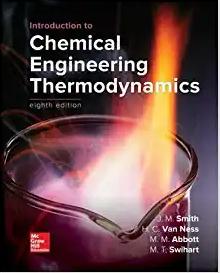Answered step by step
Verified Expert Solution
Question
1 Approved Answer
I need help answering both parts with the equations shown/ worked out. Seriously, ive posted multiple times and keep getting a general description of how
 I need help answering both parts with the equations shown/ worked out. Seriously, ive posted multiple times and keep getting a "general description" of how "buzz bombs" work. Nothing about those matters, I jusn need Equations/math to show the dynamic model and linearized model. Please don't copy old answers that have been posted, as they are wrong/ do not help. Thanks.
I need help answering both parts with the equations shown/ worked out. Seriously, ive posted multiple times and keep getting a "general description" of how "buzz bombs" work. Nothing about those matters, I jusn need Equations/math to show the dynamic model and linearized model. Please don't copy old answers that have been posted, as they are wrong/ do not help. Thanks.
Step by Step Solution
There are 3 Steps involved in it
Step: 1

Get Instant Access to Expert-Tailored Solutions
See step-by-step solutions with expert insights and AI powered tools for academic success
Step: 2

Step: 3

Ace Your Homework with AI
Get the answers you need in no time with our AI-driven, step-by-step assistance
Get Started


